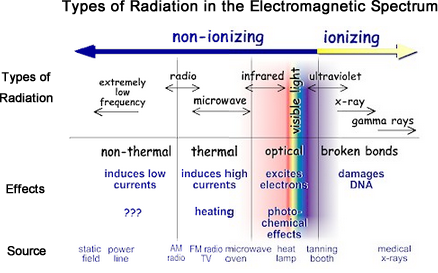
Neutrons, because they don't have any charge, don't interact with materials very well and will go a very long way. The figure (right) shows the differences. The amount of energy can range from very low, like in dental x-rays, to the very high levels seen in irradiators used to sterilize medical equipment.Īs mentioned, these different kinds of radiation travel different distances and have different abilities to penetrate, depending on their mass and Unlike the other kinds of radiation, there is no mass or charge. These rays are like sunlight, except they have more energy. They are probably the most familiar type of radiation because they are used widely in medical treatments. The last kind of radiation is electromagnetic radiation, like X-rays and gamma rays. If it wasn't for the neutrons, you wouldn't be able to sustain the nuclear reaction used to generate power. Neutrons are commonly seen when uranium atoms split, or fission, in a nuclear reactor. This is a particle that doesn't have any charge and is present in the nucleus of an atom. If you measure the beta particles, it tells you how much carbon-14 is left in the fossil, which allows you to calculate how long ago the organism was alive. Carbon-dating simply makes use of the fact that carbon-14 is radioactive. Carbon-14, used in carbon-dating of fossils and other artifacts, also emits beta particles. Tritium, which is produced by cosmic radiation in the atmosphere and exists all around us, emits beta radiation. It has a small mass and a negative charge. It's an electron that is not attached to an atom. The second kind of radiation is a beta particle. An example most people are familiar with is the radon in our homes. Many of the naturally occurring radioactive materials in the earth, like uranium and thorium, emit alpha particles. These particles consist of two protons and two neutrons and are the heaviest type of radiation particle. They differ in mass, energy and how deeply they penetrate people and objects. There are four major types of radiation: alpha, beta, neutrons, and electromagnetic waves such as gamma rays. Now, let's look at the different kinds of radiation.

In earlier Science 101s, we talked about what makes up atoms, chemicals, matter and ionizing radiation. Printable Version The Nuclear Regulatory Commission's Science 101: What Are The Different Types of Radiation? What Are The Different Types of Radiation?


 0 kommentar(er)
0 kommentar(er)
